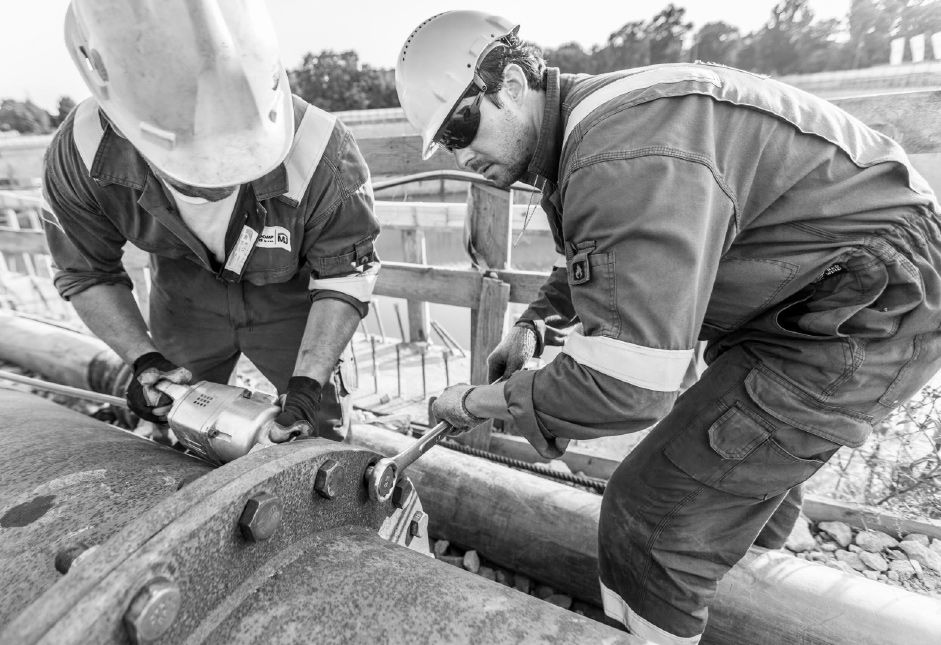Pump Systems Rental
• Electric and diesel engine driven pumps for various types of liquids such as: water, sewage, sludge, chemicals, fuels
• High pressure pumps
• Flexible and steel pipelines
• Accessories (valves, crossovers, road ramps, bridges and many more)
• Measuring systems
• Dosing pumps
• Pump units for fire protection installations
• Complex liquid transfer installations
Electric and diesel driven pumps, pump sets with pneumatic or hydraulic drive are designed for pumping various types of liquids, including water, sewage, chemicals, sludge, oil and fuels.
SEE MORE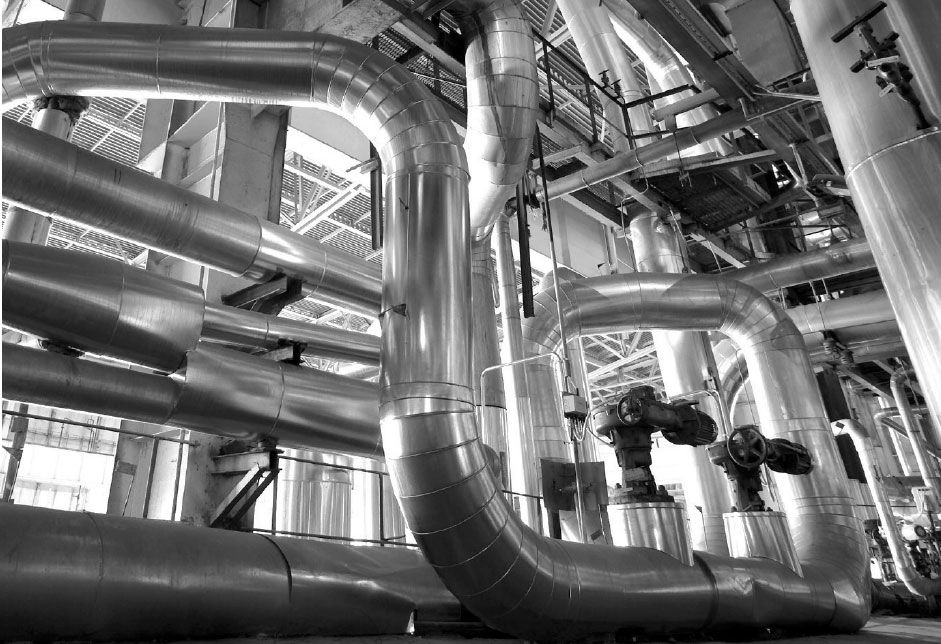
Liquid transfer installations
• Water and other liquids transfer systems
• Water transfer for hydraulic fracturing
• From designing to implementation
• Quick mobilization/demobilization
• 24/7/365 service and technical support availability
We have an extensive experience in implementing the most demanding projects related to liquid flow in all industries. All our systems are adapted to individual project requirements, basing on the design and thorough selection of pumps, pipework, fittings, manifolds and other accompanying accessories.
SEE MORE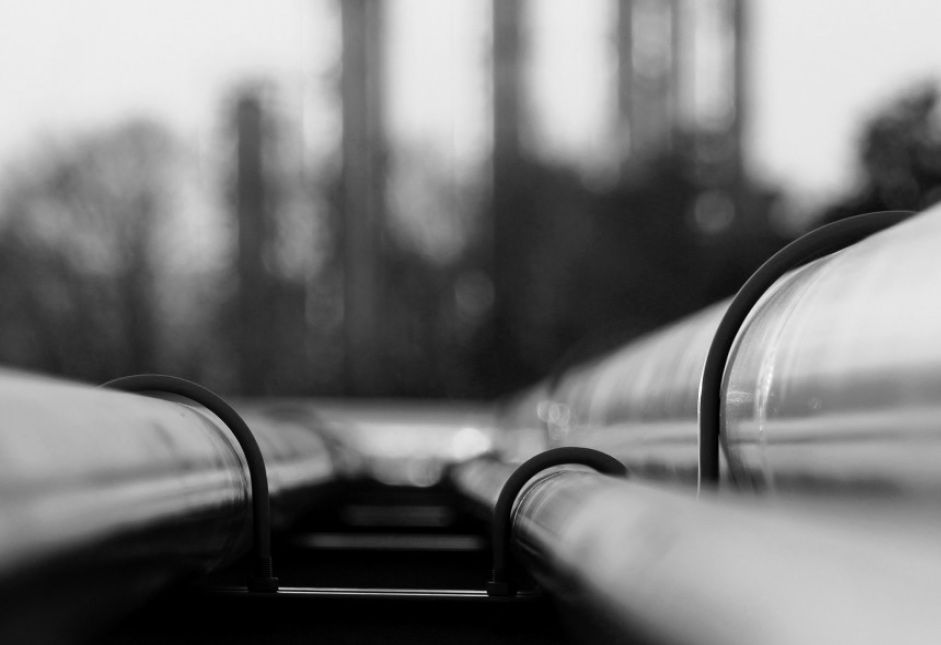
Leak testing. Tigntness tests.
• Hydrostatic pressure testing
• Gas tests up to 150 bar
• Water tests up to 1600 bar
• Oil tightness tests up to 100 bar
• Vacuum testing
We specialize in supply, assembly, commissioning and supervision of temporary systems for filling, heating and performing pressure tests of the following systems: feed water tanks, demineralized water tanks, neutralization tanks, feed water pipelines, high pressure steam pipelines and large industrial boilers.
SEE MORE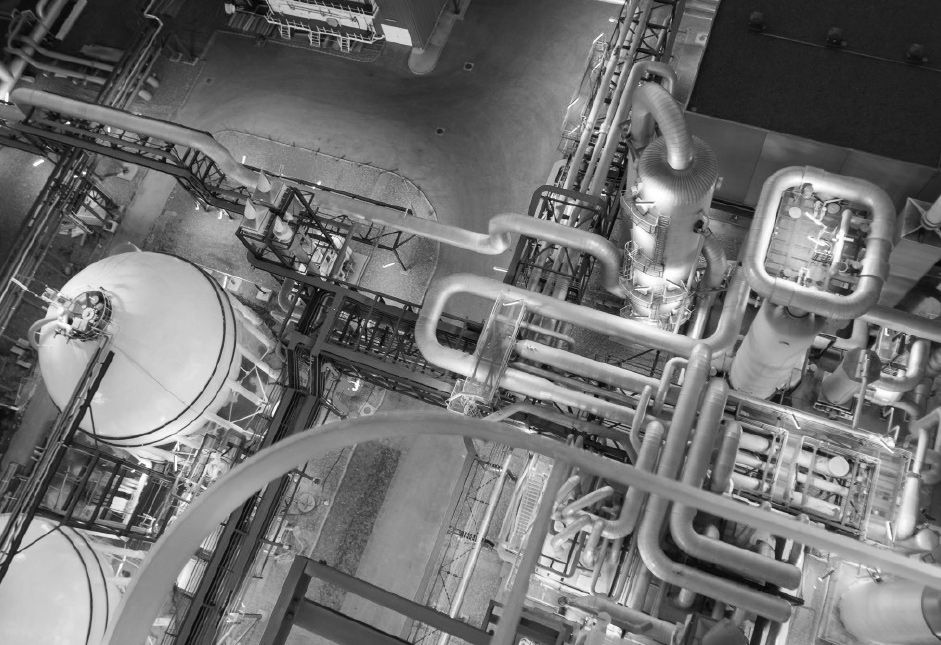
Temperature Control Systems
- Mobile hot water boilers
- Mobile steam boilers
- Cooling equipment for industrial application
- Chłodnie wentylatorowe. Chillery. Agregaty chłodnicze
- Płytowe wymienniki ciepła
- Cooling towers. Chillers. Refrigeration units
- Plate heat exchangers
We provide mobile temperature control systems, including hot water boilers, steam generators, chillers, fan cooling towers, heat exchangers, pipelines and process pumps with manual or automatic operational mode control systems.
SEE MORE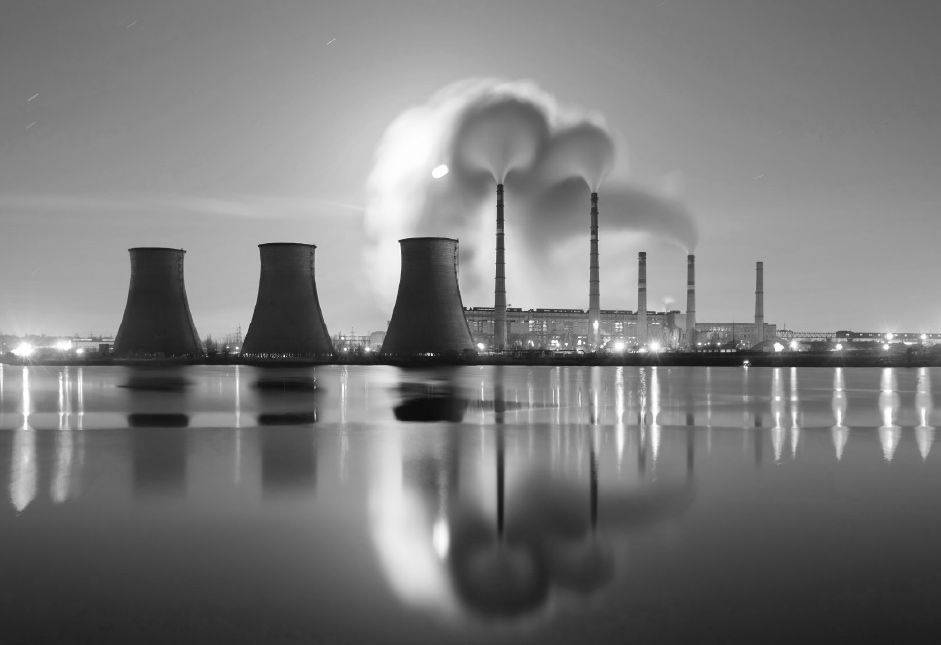
Leak detection
- Diagnosis of leaks in pipelines, generators, tanks, fittings and other installations
- Tracer-gas leak testing method
- Acoustic emission testing
We carry out comprehensive diagnostics of various types of installations in order to detect and locate leaks. The diagnostic method is selected individually for each project depending on type of the installation.
SEE MORE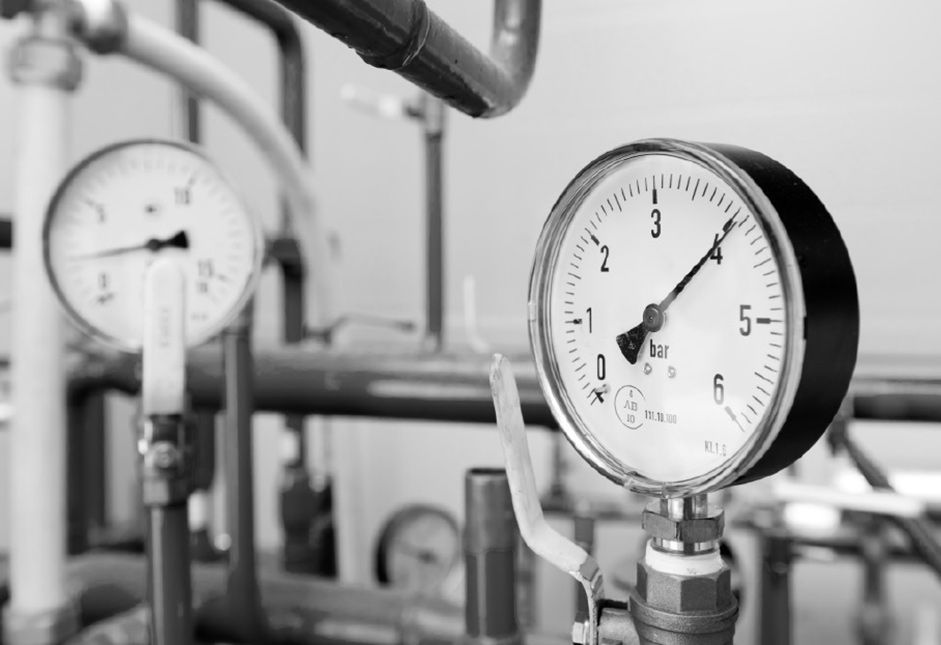
Designing 3D & 2D
- 3D and 2D designing
- Installation modeling
- Hydraulic calculations
In order to provide the highest quality of services, our engineers in the design process use the best designing softwares available. Thanks to the innovative programming we are sure to present to our clients the most reliable solutions and meet their expectations and projects requirements. 3D models of complete hydraulic installations, as well as of their individual elements, constitutes starting point for preparation of assembly drawings and provide projects visualization.
SEE MORE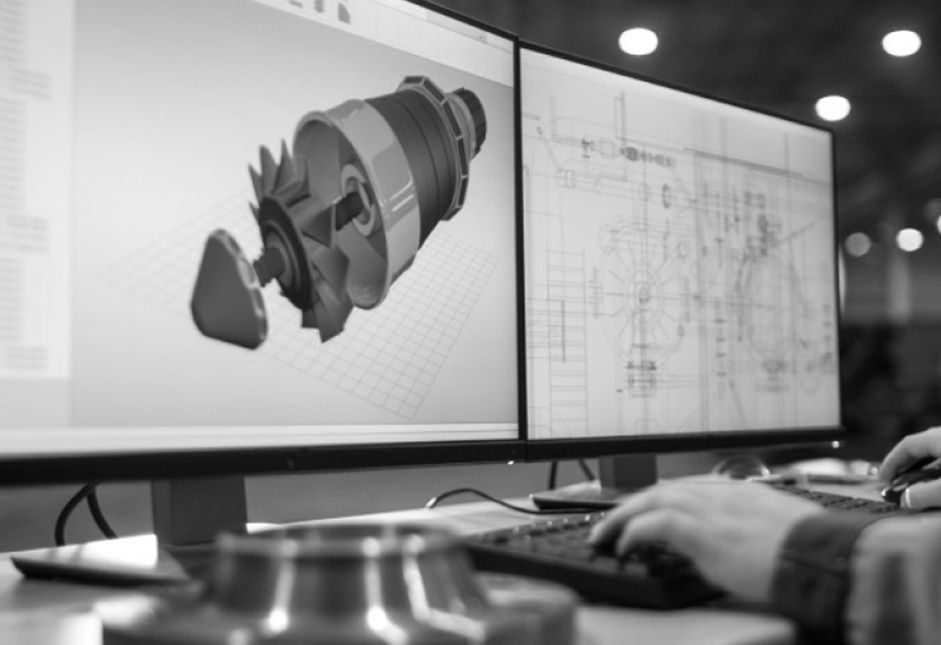
Complementary services
- Anti-erosion protection. Elastomer coating.
- Liquid storage. Tanks rental.
- Welding works.
- Pipelines pigging.
- Tanks and pipelines cleaning.
- Intervention team
We offer an innovative system of elastomeric (polyurethane) spray-on coatings for maximum protection of metal surfaces of pumps, rotors, housings, pipelines, filters and valves. Elastomer coatings provide full protection against erosion, corrosion, cavitation and wear. This system allows to protect and extend life of new surfaces or to reconstruct worn and damaged surfaces.
SEE MORE